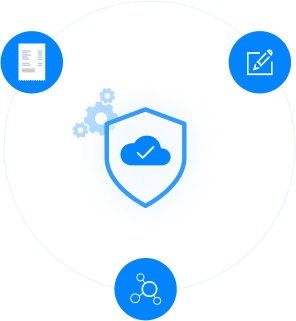Why people need personal cyber insurance

Habits are behaviours that are performed automatically because these actions have been done repeatedly in the past. On average, researchers at the University College of London say it takes 66 days to create a new habit. Considering that the movement restrictions triggered by the COVID-19 pandemic have been in place for more than a year, it is probable that some consumer habits formed during these unusual times are here to stay.
Grocery shopping, remote work, online education, entertainment, personal finance are areas where the behavioural change has an impact on insurers. Here’s how:
- Consumers will need more protection against identity theft, electronic fund transfer fraud, and online retail fraud
For the most part, online shopping is safe. However, individual habits make it unsafe because as AtlasVPN pointed out in it August 2021 report on cybercrime, people rarely implement what they read. Cyber criminals rely on consumers not knowing how to identify and avoid phishing emails, as well as weaknesses like using weak passwords, repeating the usernames and passwords for every account.
Google’s Safe Browsing Service Report also indicates a steady rise in the number of phishing sites. At the end of January 2020, Google detected 1.69 million phishing sites. Three months later, that number had swelled to almost 1.9 million around the world.
- Consumers will expect better digital experiences from insurers
In Asia, consumers are ready to go digital for their insurance needs as the digital economy is driven by a young demographic, smartphone adoption, and infrastructure investment by governments. People surveyed by Swiss Re in India, Malaysia, and Indonesia in June 2020 said they expected to make greater use of payment apps, bank/insurer’s website to search for information in future. At the same time, a growing number of people also said they would use online channels to buy risk protection covers.
That said, consumers polled in markets like Indonesia and Malaysia valued the personal touch that agents could give them. These findings suggest that insurers can create a mixture of online and offline touchpoints to cater to consumers at different stages of their education and purchasing journey.
- Consumers have appetite for embedded insurance products
Enabled by APIs, modular software, and artificial intelligence, embedded insurance is simpler and easier for individuals and businesses because it is offered to them at a moment when it is the most relevant. Now that many people are changing the way they live, there is greater potential for embedded insurance products like cyber insurance. Ernst and Young predict that direct and digital channels will dominate the mass market because consumers prefer simplicity and control. As such, they forecast embedded sales to grow as more businesses offer insurance at an attractive price.
For more information on how PolicyDock can your partner in cyber security insurance, please contact us here
Related content: